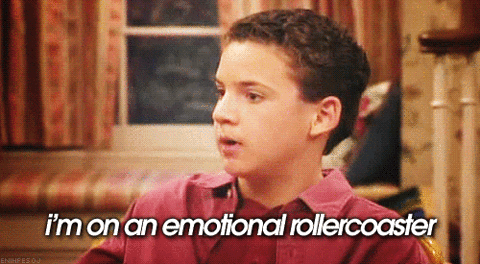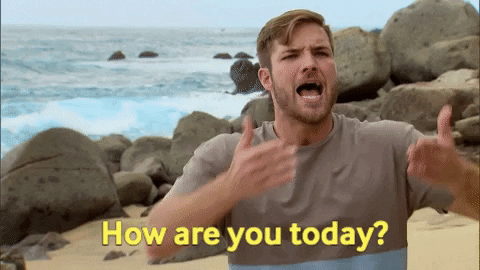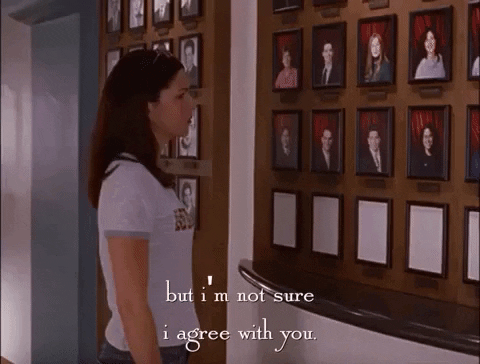
This logo isn't an ad or affiliate link. It's an organization that shares in our mission, and empowered the authors to share their insights in Byte form.
Rumie vets Bytes for compliance with our
Standards.
The organization is responsible for the completeness and reliability of the content.
Learn more
about how Rumie works with partners.
The number one advice for any type of communication is to “know your audience.”

This is especially true with climate change discussions. Having a better sense of what motivates your audience will help you craft the right message and call to action.
1. Do Your Homework

Before you start a climate discussion, consider:
Who are you talking to?
What do they care about?
What groups do they affiliate with?
What turns them off or pushes them away?
Dr. Susanne Moser, a climate change researcher, studies how people communicate climate change. She finds that audiences tend to build consensus around:
Cultural filters
We receive, make sense of, and judge information through filters that have been transmitted culturally.
Interest in change
Those cultural values affect our perception of climate change risk. They also affect our willingness to adopt necessary behavior changes or accept the technological solutions and climate policies are put forward by businesses and governments.
Message framing
Different audiences can find messages more or less compelling, depending on how the message is framed.
2. Think About How You'll Deliver The Message

Making a TikTok about climate change is going to look different than speaking to your siblings or parents.
Social media is useful for amplifying successes, revealing information, and making things that are happening in the community on climate change visible to a wide audience.
It also matters who is communicating as well as how.
Being in a relationship with someone makes you a more powerful communicator and you can have a more personal conversation.
Did you know?
This Byte was created by a volunteer professional that wanted to share this insight to help you succeed - no agenda, no cost.
3. Be Ready For Emotions
People generally have BIG feelings about climate change — including you and the person you're speaking with.

Our emotions can shape how we interpret and interact with information. Climate change can elicit strong emotions, such as anger, frustration, and powerlessness.
People don’t want to believe in something that threatens their quality of life. It can also make people feel guilt and shame for “not doing enough”.
It’s important you don’t push people away when they feel guilt and inadequacy. Make your message clear but keep the tone positive.
4. Have The Right State Of Mind

Before you start a conversation about climate change, check in on yourself to see how you're feeling. Bring the right state of mind to the conversation.
You can also create a welcoming space in the conversation by listening, rather than talking. That can also allow us to slow down, avoiding assumptions and triggering negative reactions.
This will help create a braver, safer space for you and your audience to talk about this sometimes difficult issue.
5. Expect Some Disagreement

Some people will have a healthy skepticism of climate action — it’s okay if you don’t agree on the solutions to climate change, and it’s okay to admit you don’t know everything — but emphasize where there are areas of strong scientific agreement around a topic.
That being said, if someone is an outright denier, it may not be worth trying to convert them. Spend your efforts on those who are moveable and who believe in climate change but don’t know what to do about it. This group — the undecided middle — is the most likely to be won over to your cause.
Take Action

You're on your way to a successful conversation!
It's time to get prepared. Ask yourself:
Click the links below for more Climate Communications Bytes!
Byte 1: How does misinformation derail climate change conversations?
Byte 2: 7 things people get wrong about climate change
Byte 3: 6 myths we need to confront if we want a clean energy future
Byte 4: Why we need a new approach to climate change conversations
Byte 5: Why aren't people more worried about climate change?
Byte 6: Can I talk to people about climate change even if I'm not an expert?
Byte 7: 5 things to consider before you start a conversation about climate change
Byte 8: 6 ways to have better conversations about climate change
Byte 9: What is the climate change “spectrum of engagement”?
Byte 10: How will the "messaging triangle" help me talk to people about climate change?

These Bytes were created with the assistance of Generation Climate.

This Byte has been authored by
Sabrina Bowman
Manager, Operations and Special Projects